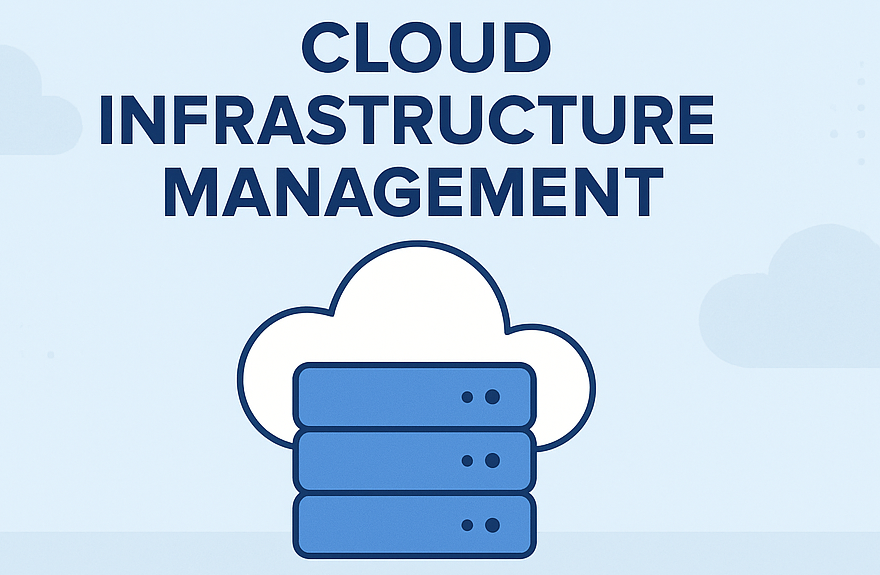Introduction
In today’s fast-paced digital world, ensuring high availability and optimal performance of cloud-based applications is crucial for businesses. Azure, Microsoft’s cloud computing platform, offers a wide range of networking services and features that can help you achieve these goals. This blog post will explore some of the best practices for Azure networking to ensure high availability and performance.

The following best practices can help you optimize your Azure networking for high availability and performance.
1) Load Balancing
Load balancing is a fundamental technique to enhance both availability and performance. By distributing network traffic across multiple servers, load balancing ensures that no single server becomes a bottleneck, thereby improving overall application responsiveness and reliability.
- Azure Application Gateway: Use this for applications that require secure connections and sticky sessions. It supports end-to-end TLS encryption and can offload encryption tasks from web servers.
- Azure Load Balancer: Ideal for stateless applications that receive internet traffic. It can be configured as either external or internal, depending on whether the traffic originates from the internet or within the Azure virtual network.
2)Redundancy and Resiliency
Ensuring that your network infrastructure is resilient to failures is key to high availability. Azure provides several options to achieve this:
- Azure Availability Zones: These are physically separate data centers within an Azure region. Deploying your applications across multiple zones can protect against data center failures and ensure high availability with a 99.99% uptime SLA.
- ExpressRoute: For organizations with mission-critical applications, ExpressRoute offers private, high-throughput connections between on-premises environments and Azure. The new ExpressRoute Metro SKU provides redundancy across multiple edge sites within the same city, enhancing resiliency.
3)Network Architecture Design
Carefully designing your network architecture can significantly impact both availability and performance:
- Hub-and-Spoke Topology: This design centralizes common services (hub) while isolating different environments or departments (spokes). It simplifies management and enhances security while allowing for efficient traffic routing.
- Virtual Network Peering: Direct virtual network peering reduces latency by avoiding the need to route traffic through a hub. However, it may come at the cost of decreased security, so weigh the trade-offs based on your specific requirements.
4)Monitoring and Optimization
Continuous monitoring and optimization are essential to maintaining high performance and availability:
- Azure Network Watcher: This service provides tools to monitor and diagnose network-related issues in real-time. It can help you quickly identify and resolve connectivity problems.
- Azure Advisor: This personalized cloud consultant offers recommendations to optimize your Azure deployments. It can provide insights into improving the reliability, security, and performance of your virtual network.
5)Security Considerations
While focusing on availability and performance, do not overlook security:
- Azure Firewall: Deploy Azure Firewall to protect your virtual network resources. It provides advanced threat protection and can be easily integrated with your network architecture.
- Azure Private Link: Use this service to enable private access to various Azure services while keeping your data on the Microsoft network, enhancing security and performance.
Conclusion
Achieving high availability and performance in Azure networking requires a combination of strategic planning, proper utilization of Azure services, and continuous monitoring. By implementing the best practices outlined in this blog, you can build a robust and reliable network infrastructure that supports your business needs. Always stay updated with the latest Azure features and enhancements to leverage the full potential of the platform.
Don’t forget to read our blog post on Azure Load Balancer.
What’s Next?
We’re here to support you! Should you have any questions or need assistance, don’t hesitate to get in touch with us. Contact us at info@uranuscloudsolutions.com and we’ll be happy to help. Your satisfaction is our priority!


